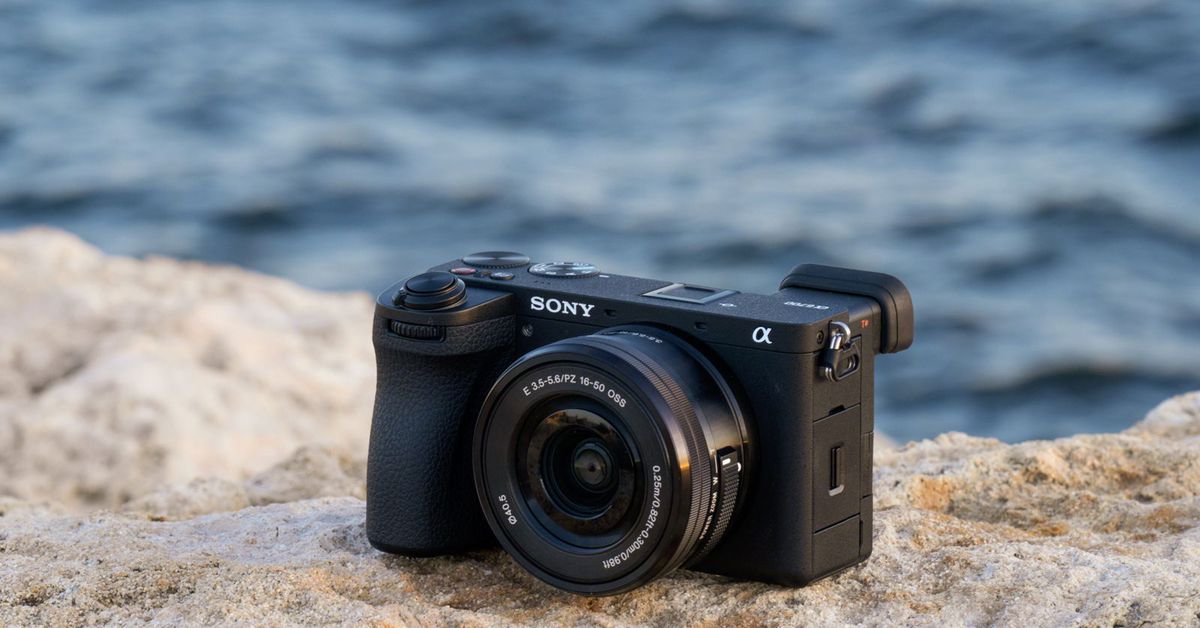Sony’s new A6700 puts the company’s best-in-class autofocus in a more affordable camera
Sony is launching its new A6700 APS-C mirrorless camera today, bringing key AI-powered autofocus enhancements from the company’s full-frame lineup to its mainstream (and more affordable) A6000-series. The 26-megapixel mirrorless camera, which succeeds 2019’s A6600, offers 4K video at up to 120fps, a big boost from the 30fps of its predecessor. It’s priced at $1,399.99 for the body alone.
The biggest upgrade here is AI processing. The new camera gets the same autofocus enhancements that made Sony’s $3,900 A7R V camera so great, giving it the ability to detect more granular subjects than before — it won’t only know you’re looking at an animal but what kind of animal — or bug — thanks to that pricey camera’s AI processor trickling down to this model. It’ll know when you’re looking at a car or a plane, too. Sony is also adding 334 more phase-detect autofocus points. There’s also AI-based auto-framing that can track subjects without you having to move the camera yourself, which is handy if the person (or thing) you’re filming is moving around a lot.
Previous Next
1 / 24 Image: Sony Previous Next
1 / 24 Image: Sony
That’s what the new A6700 is bringing downmarket. Additionally, Sony changed the LCD to a vari-angle-style touchscreen. While that’s a solid enhancement for videographers, it may make this camera less desirable for some still photographers, as the vari-angle screen, for all its charms, can add extra steps when you just want to pop the LCD up for a quick shot from the hip.
That said, the new screen has a 33-degree wider viewing angle than the A6600 and an OLED screen Sony says is twice as bright, so it may be worth the tradeoff if you’re the outdoorsy type.
Physically, the A6700 has some much-needed upgrades, especially on the connectivity front. It’s finally got a USB-C port, which supports USB-PD fast-charging (the A6600 only had Micro USB) and 3.2 Gen 2 (10Gbps) transfer speeds. It also gets a new customizable front dial and compatibility with Sony’s Creators’ App for cloud uploads.
Source: The Verge


